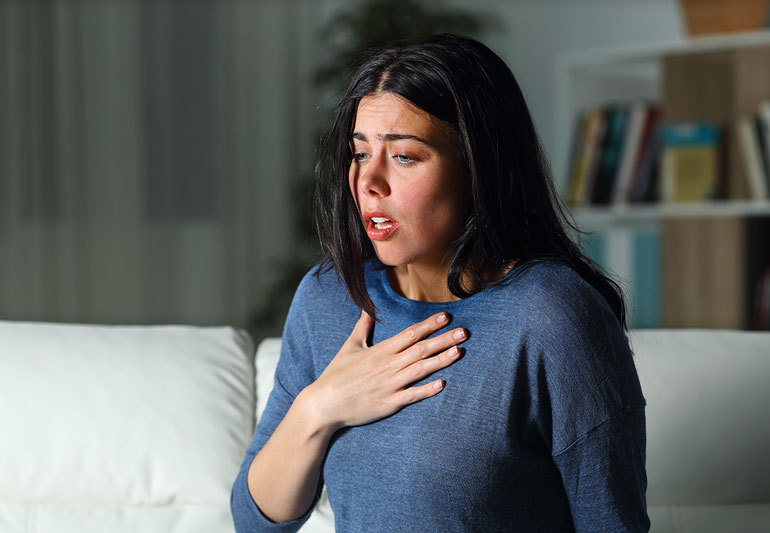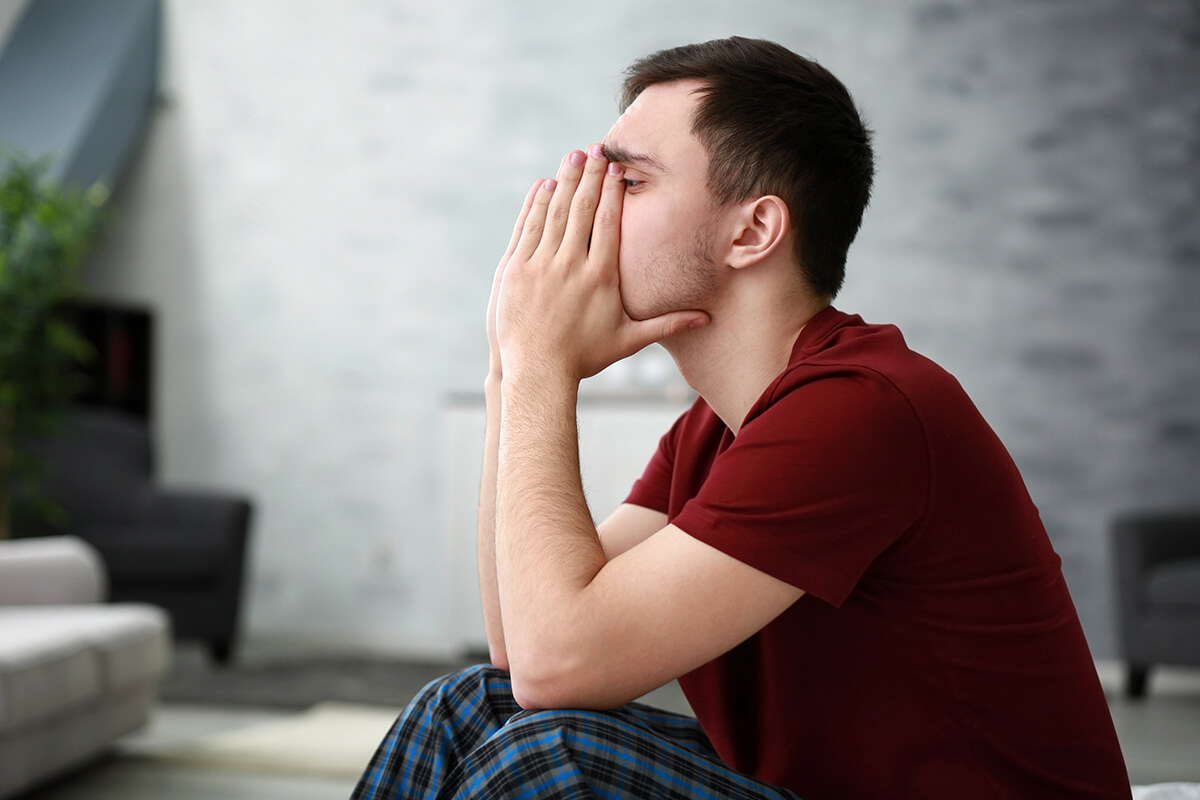What is a Panic Attack?
A panic attack is characterized by a sudden fear of disaster or losing control even when there is no danger. These can come on without any warning and can be exhausting and energy-draining. Physically, a panic attack can include difficulty breathing, sweating, nausea, hot flashes, nervousness, among other symptoms.
Most people will never experience a panic attack or it may be very rare. If you consistently experience panic attacks and the feelings that come with them, you may have what is called panic disorder. Panic disorder is a type of anxiety disorder in which you constantly have panic attacks. It is not dangerous, but it can be very uncomfortable and lower the quality of your life if left untreated.

Who is affected by Panic Disorder?
Panic disorder usually begins in the late teens or early adulthood. Women are more likely to have panic disorder than men. There are no known causes for panic disorder, however.
Scientists believe that genetics may play a role and that if a family member has this disorder, you may be more likely to have it, as well. Stress and other environmental factors may play a role, as well as the actual structure of your brain.
Do I have Panic Disorder?
Signs & Symptoms
This disorder is characterized by having frequent panic attacks. Since many people never had a panic attack before and it can happen abruptly, it is important to know the signs that you may be having a panic attack. They include:
- Shortness of breath or tightness in your throat
- Sweating
- Chills
- Hot flashes
- Nausea
- Shakiness
- Stomach cramping
- Chest pain
- Dizziness
- Numbness or tingling sensations
- A feeling of unreality or detachment
It is possible to have a panic attack without having this disorder, though. So, how do I know if I have a panic disorder or simply had a panic attack?

A person with panic disorder will have:
- Repeated, sudden panic attacks
- A feeling of being out of control during a panic attack
- A fear or intense worry about when the next panic attack may occur
- Avoidance of going out to places or doing things that may cause another attack
Diagnosis
A diagnosis from a doctor is important if you had a panic attack in the past. While uncomfortable and scary, panic attacks are not dangerous. Without medical help or treatment, though, they may become worse. A physical examination and questioning may be necessary to rule out any other unrelated problems that are causing your symptoms.
How do I treat Panic Disorder?
Different treatment options include therapy, medication, and regular physical activity.
Therapy: Cognitive Behavioral Therapy (CBT) is a popular form of psychotherapy that can be used to treat panic disorder. It helps form new, healthier ways of thinking about your panic attacks. You will learn new ways to react and handle any future attacks, which can lessen the symptoms and frequency.
Medication: Different types of medications may be prescribed by your doctor to help treat your symptoms.
Physical Activity: Exercising regularly can help combat anxiety and symptoms associated with panic disorder.
Sources
https://www.nimh.nih.gov/health/publications/panic-disorder-when-fear-overwhelms/index.shtml#pub5
https://www.mayoclinic.org/diseases-conditions/panic-attacks/symptoms-causes/syc-20376021